The transformation of forests into forests closer to nature will take many decades
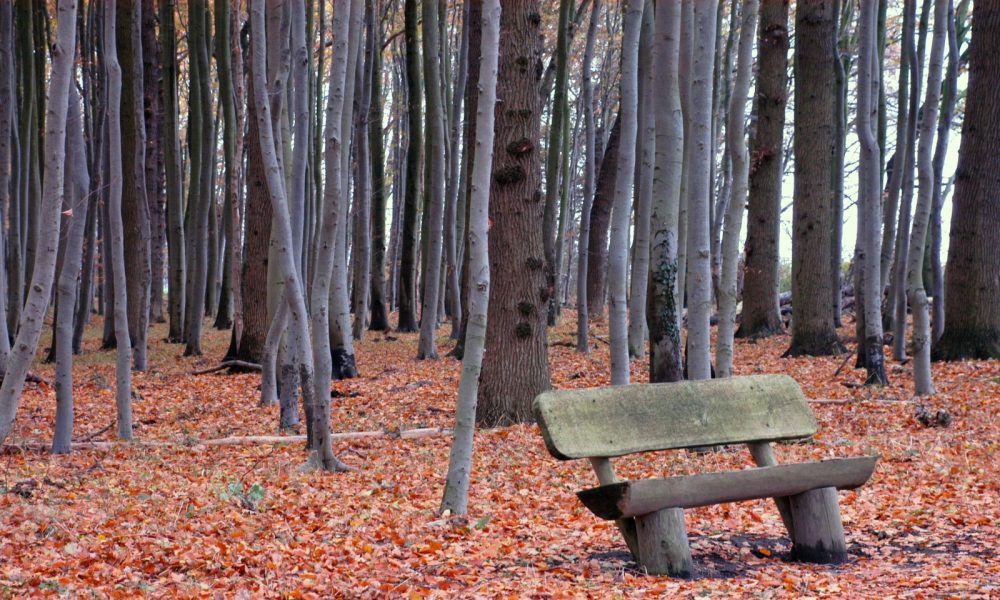 Climate change, manifested by both wind and insect disasters and long-lasting drought, significantly affects the ecological stability of forest ecosystems. Most forests in the Czech Republic and Slovakia are managed schematically, being divided into age classes after twenty years. However, the use of forests as a complex adaptive system provides a better alternative for forests with a dominant production function, protection forests and for ensuring sustainable forest management.
Climate change, manifested by both wind and insect disasters and long-lasting drought, significantly affects the ecological stability of forest ecosystems. Most forests in the Czech Republic and Slovakia are managed schematically, being divided into age classes after twenty years. However, the use of forests as a complex adaptive system provides a better alternative for forests with a dominant production function, protection forests and for ensuring sustainable forest management.
Scientists from the Technical University in Zvolen investigated the method of transforming beech forests within age classes into forms closer to nature in the conditions of Slovakia. Their results were published in the paper Conversion of the age-class forest – European beech, University Forest Enterprise Zvolen: A case study (Prebudova lesa vekových tried – prípadová štúdia bukový les Vysokoškolský lesný podnik Zvolen), which was presented in the journal Forest Research Reports 4/2022.
In the Badín Old-Growth Forest, but also in other old-growth forests dominated by beech, researchers have confirmed the spontaneous development of a small-scale gap structure with existing natural regeneration and an area of up to five ares. Most of the gaps were created by the loss of 1-2 trees in the upper layer of the old-growth forest. From the point of view of their age structure, it was found that the gaps arise smoothly and evenly over time.
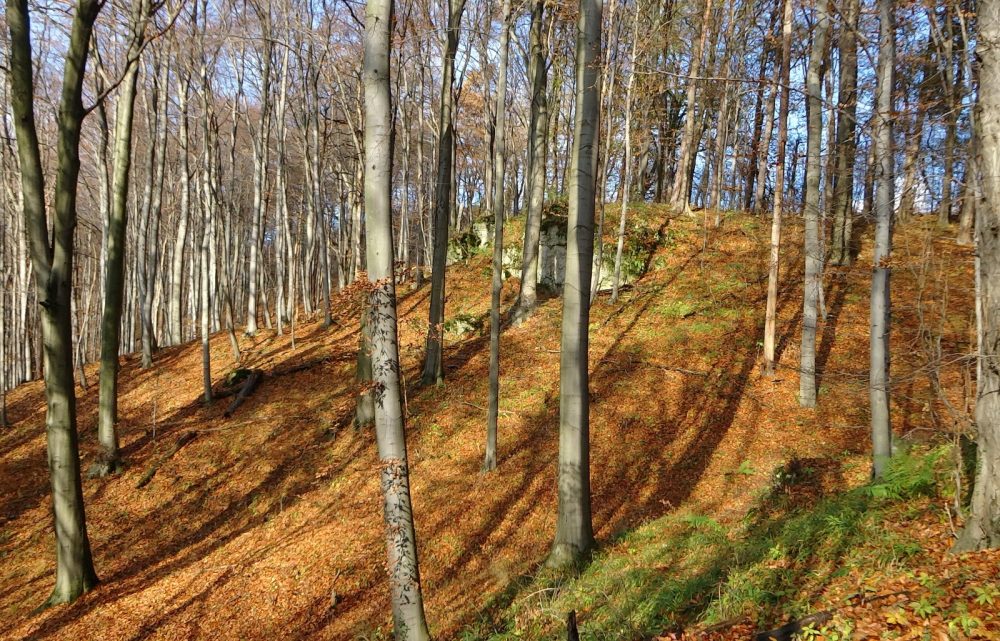 From the research on the development of primeval forests, rules for perspective cultivation of commercial forests can be derived. The small development cycle of a beech forest creates a mosaic structure through small disturbances and represents a cyclic development model.
From the research on the development of primeval forests, rules for perspective cultivation of commercial forests can be derived. The small development cycle of a beech forest creates a mosaic structure through small disturbances and represents a cyclic development model.
The cyclic model is characterized by the absence of unconnected clearings, the balanced fluctuation of the vegetation stock, and the constant dynamics of natural regeneration, which ensures the continuous growth of trees. This model works within the same area with significantly more significant use of the vertical production available space of the stand, using individual or group logging.
The tree form of selection system is considered a perspective silvicultural variant of a sustainable forest. Beech, as a shade tree, has ideal prerequisites for the formation of this vegetation structure. A suitable type of permanent forest concept are stands with a mosaic structure. As the smaller the restored areas are, the more this cyclic model copies the growth cycle of old-growth forests.
The transitional full-scale production model is the silviculture model of mosaic stands, which represents a form of permanently creative forest. The procedure used in this silviculture procedure is individual selection, or group selection that is sensitive to the forest.
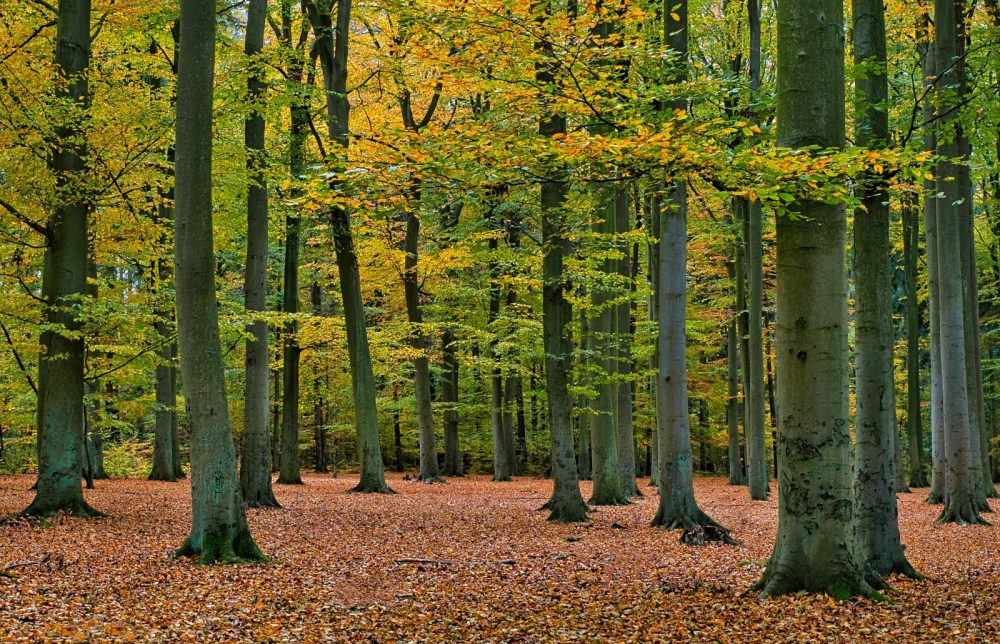 The concept of mosaic stands, which is based on the transitional model, is starting to be applied in Slovak legislation and in forestry practice. The basis is the combined growth phases of the stand, which are located on small areas in the final stage of reconstruction, with a maximum extent of 0.2 ha.
The concept of mosaic stands, which is based on the transitional model, is starting to be applied in Slovak legislation and in forestry practice. The basis is the combined growth phases of the stand, which are located on small areas in the final stage of reconstruction, with a maximum extent of 0.2 ha.
An important question is the time during which the reconstruction of homogeneous beech stands will take place.
The scientists carried out their research in stands at the University Forestry Enterprise TU Zvolen. The average annual temperature in this locality ranges from 6-7 °C, the annual rainfall is 600 mm, the vegetation period lasts 170-180 days, and the altitude is 530-540 m.
As for the goal of the scientific experiment, it was to gradually create during 24 years a selective, or mosaic structure and get basic information about the development of stands.
During the transformation period, when selective thinning was applied, later selective logging with an intensity of 14–18%, a phase of refined selective structure was formed on the research trials.
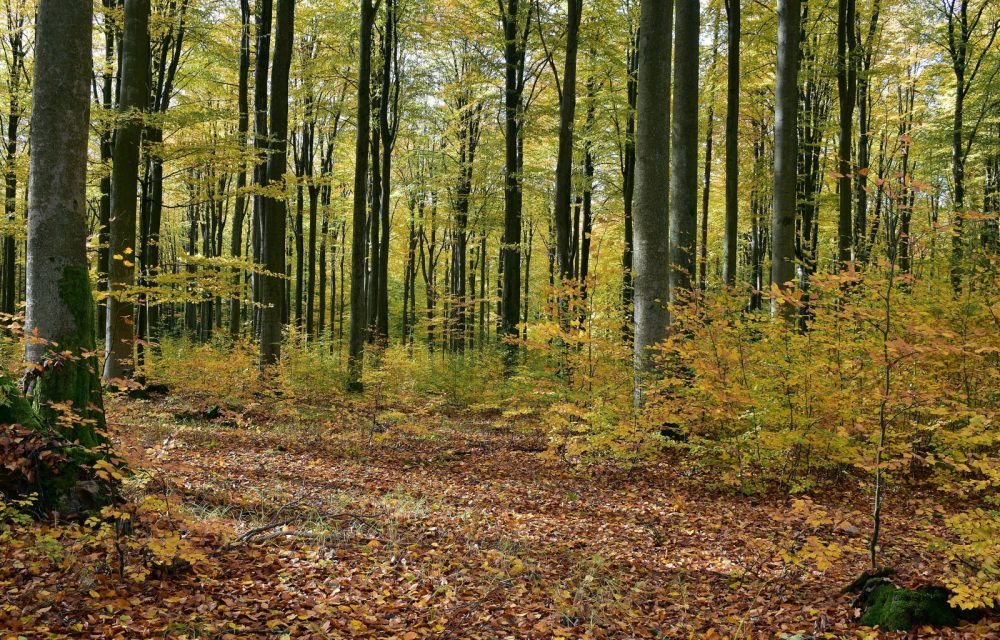 The researchers derived from the analysis of the data sets a model of a beech selection forest with a target thickness of 50 cm, with an optimal stock of 307 m3/ha and with a circular base of 27 m2/ha.
The researchers derived from the analysis of the data sets a model of a beech selection forest with a target thickness of 50 cm, with an optimal stock of 307 m3/ha and with a circular base of 27 m2/ha.
It was confirmed that a higher stock of 40-50 m3/ha did not mean a significant disturbance both in tree height transfers and regeneration processes.
The experiment aimed to transform a beech stand into a mosaic structure, based on data from the entire stand and the experimental area, made it possible to create a model with a Weibull distribution of the thickness structure, which is characterized by a target beech thickness of 50 cm, a circular base of 31 m2/ha and a model stock of 390 m3/ha.
With the ongoing climate change and the related ecological stability of stands while fulfilling their production and other functions, selected beech forests receive a significantly higher overall economic evaluation.
In current time, in Slovakia and in the Czech Republic, age-class forests strongly predominate (more than 95%). This type of forest will still be dominant for a long time. Its gradual conversion to a mosaic structure must begin mainly in young stands around 50 years of age.
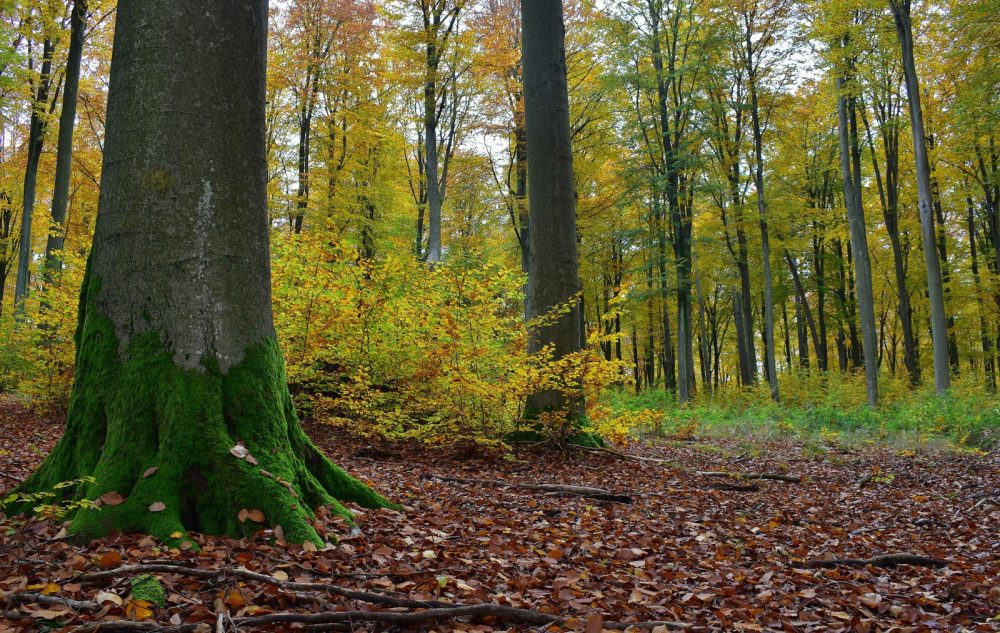 In these stands, it is necessary to consider strong level thinning or structural thinning. When increasing their intensity, these are aimed at the gradual renewal of the forest stand already at the age of 60-80 years, with the fact that a part of the mother trees is taken into account in the existing structure for the entire period of forest stand’s reconstruction.
In these stands, it is necessary to consider strong level thinning or structural thinning. When increasing their intensity, these are aimed at the gradual renewal of the forest stand already at the age of 60-80 years, with the fact that a part of the mother trees is taken into account in the existing structure for the entire period of forest stand’s reconstruction.
The proposed cyclic models of forest silviculture management have a real application in the homogeneous beech forests of Slovakia, or in the beech forests of Europe of similar typological classification.
The paper „Conversion of the age-class forest – European beech, University Forest Enterprise Zvolen: A case study“ (Prebudova lesa vekových tried – prípadová štúdia bukový les Vysokoškolský lesný podnik Zvolen) can be downloaded here.
Authors of paper: Milan Saniga, Jaroslav Vencurik, Stanislav Kucbel, Peter Jaloviar, Ján Pittner, Denisa Sedmáková, Technical University in Zvolen (Technická univerzita vo Zvolene), e-mail: vencurik@tuzvo.sk
Prepared by: Ing. Jan Řezáč, VÚLHM, v. v. i., e-mail: rezac@vulhm.cz
Illustrative photos: Examples of European beech forest stands
